In the final months of the 115th Congress, the Speaker of the House may have his legacy on his mind—here’s how he can do right by hunters, anglers, and wildlife
A session of Congress progresses about the same way as a day in a deer stand—both get started with enthusiasm about the opportunities to achieve meaningful things, and flashes of brief activity keep you focused on why you are here and what you are doing.
Both seem to end the same way, too: With a hopeful and expectant feeling that the last minutes might be productive, that all your effort will be worthwhile. And even if the tag is not filled, or the bill is not passed into law, we hope we’ve learned a few things that might help us next time.
The 115th Congress will see its sunset in the final days of 2018, and this is a particularly unique closing gavel for a Congress, for it will be the end of Representative Paul Ryan’s speakership and congressional career after serving Wisconsin’s 1st district since 1999.
It might be a long time before another bona fide hunter is in the Speaker’s office. As Ryan prepares to step away, there are four bills he should send to the president’s desk to leave an enduring legacy as the Sportsmen’s Speaker.
The Farm Bill
Versions of this critical legislation have been passed by both the House and the Senate, and while both chambers of Congress are working in conference to reconcile differences, the current law expires at the end of September. Both versions of the Farm Bill include provisions that are important to sportsmen, from funding critical conservation projects on working farms and forests to ensuring a bright future for the Conservation Reserve Program and reauthorizing the Voluntary Public Access program—the only private lands access incentive program in the entire federal government.
This close to the finish line, it would be a shame—not to mention a setback for high-priority wildlife habitat work nationwide—if the next Congress is forced to start all over again.
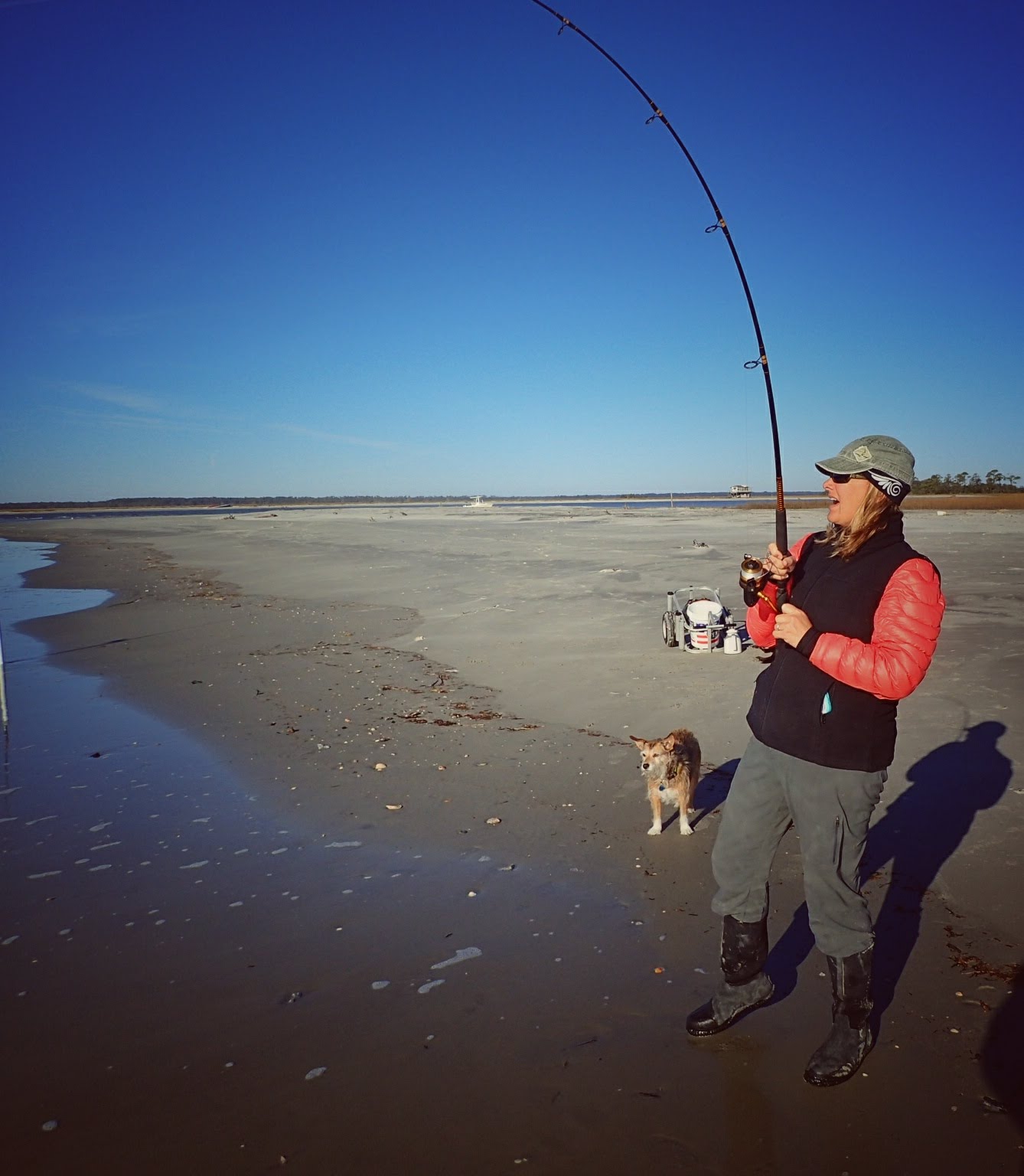
The Modern Fish Act
Passed out of both the Senate Commerce Committee and the House Natural Resources Committee, the Modern Fish Act is the legislative application of the recreational fishing industry’s vision for improving marine fisheries management. In fact, it reads like a priorities list for TRCP and our marine fishing partners, like the American Sportfishing Association and Coastal Conservation Association.
The bill would improve data collection and take better advantage of some of the groundbreaking work being done to analyze recreational fishing activity through smartphone apps—all in service of creating longer, more predictable fishing seasons.
Perhaps most compellingly, the Modern Fish Act would give federal fisheries managers the flexibility to try new approaches to managing recreational fishing, where the hard poundage quotas that work for commercial fisheries just don’t get the job done.
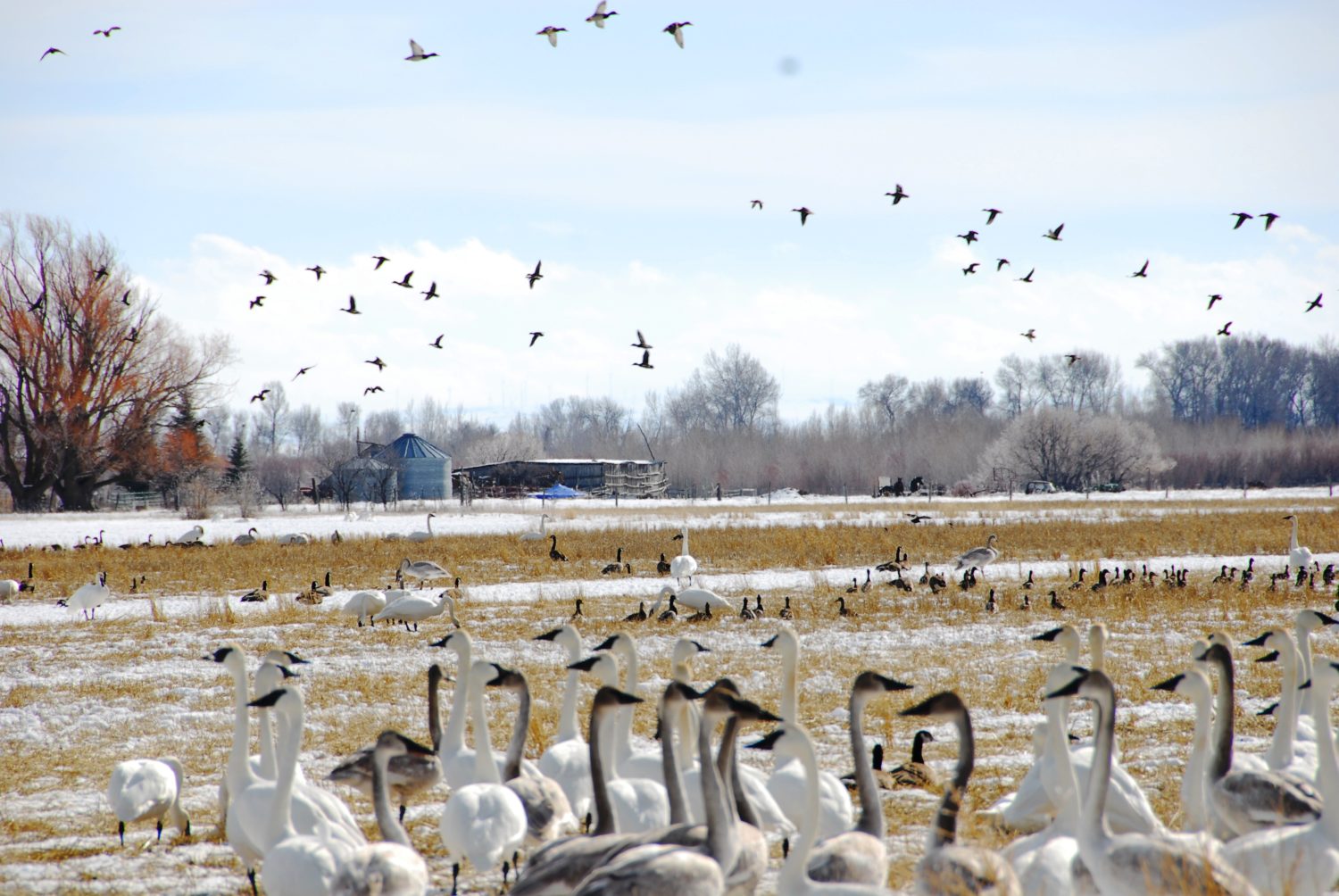
The HELP for Wildlife Act
Passed out of the Senate Environment and Public Works Committee in the very beginning of this Congress back in 2017, the Help for Wildlife Act is one of the most comprehensive wildlife bills to be assembled by federal lawmakers in recent memory. The legislation would inject new life and fresh funding into such critical programs as the North American Wetlands Conservation Act, the National Fish and Wildlife Foundation, and the National Fish Habitat Conservation Act.
In short, if passed, this bill would put many of our most effective conservation initiatives on firmer footing moving forward.
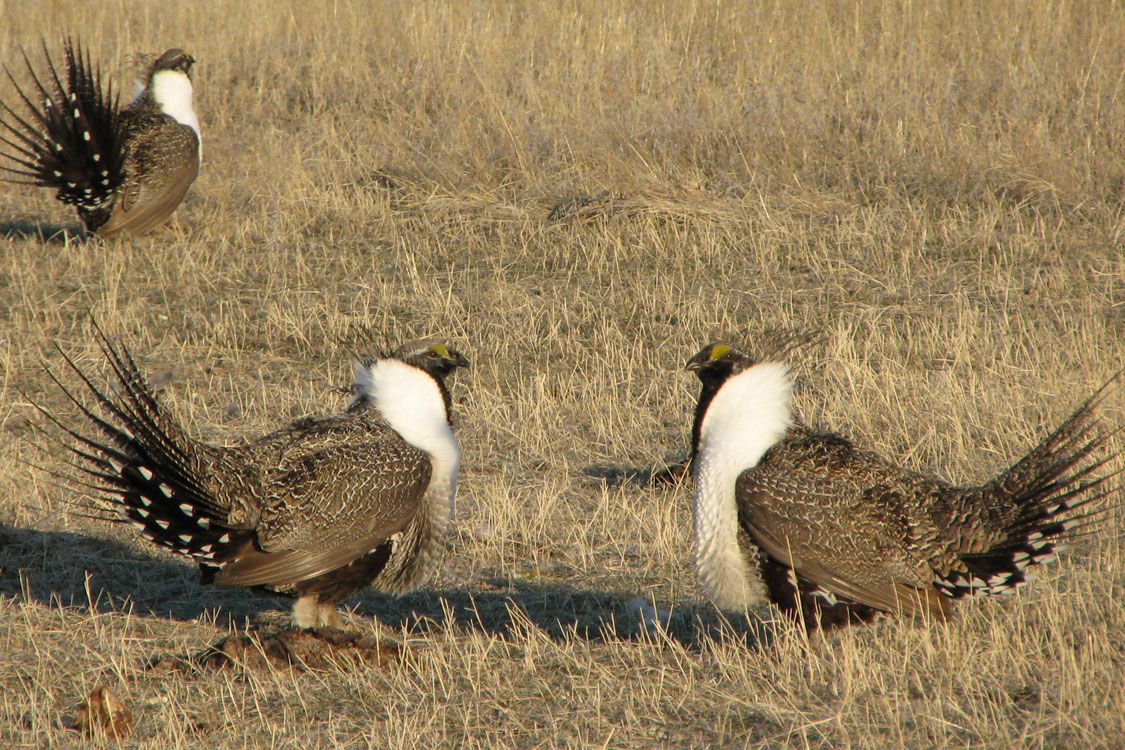
The WILD Act
It may be tough to get excited about a Senate vote count, but this legislation passed by unanimous consent—this is the very definition of bipartisanship and a rare thing in Washington in 2018.
The WILD Act has a host of provisions, but among the most important for sportsmen is the bill’s inclusion of a reauthorization for the Partners for Fish and Wildlife program, one of our most effective private lands conservation programs. It emphasizes on-the-ground work to benefit some of the most imperiled species, including sage grouse and lesser prairie chickens. The WILD Act would reauthorize the Partners program, which has been lapsed since 2011, through 2022.
The WILD Act also includes language prioritizing coordination between a variety of stakeholders on addressing invasive species outbreaks and encouraging expedited action before AND after invasive species are discovered. This language could help state and federal agencies get a handle on pythons in the Everglades and Asian carp in watersheds across the country.
Support Is There, But Time Is Running Out
All of the aforementioned bills have bipartisan support, and signing them into law would meet some serious needs of the fish and wildlife conservation community. We hope that in our final months working with a Speaker of the House who deeply understands the importance of quality days afield, this success could be within reach.
If Speaker Ryan can see the wisdom in working to get these bills over the finish line, he will earn the well-deserved applause of America’s hunters and anglers before he gets to spend more time outside himself. And we stand ready to help make sure the last days of the 115th Congress are productive ones.

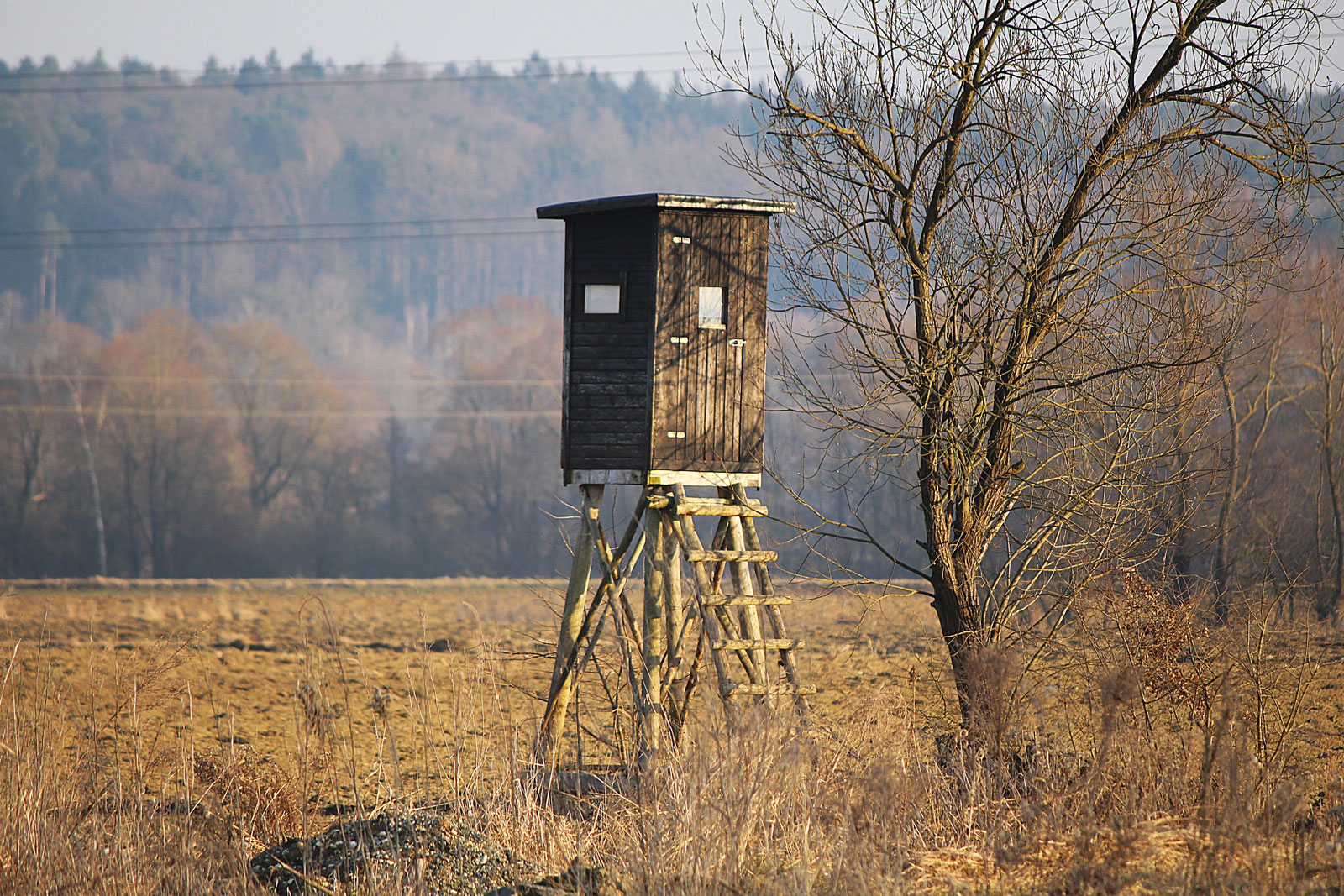
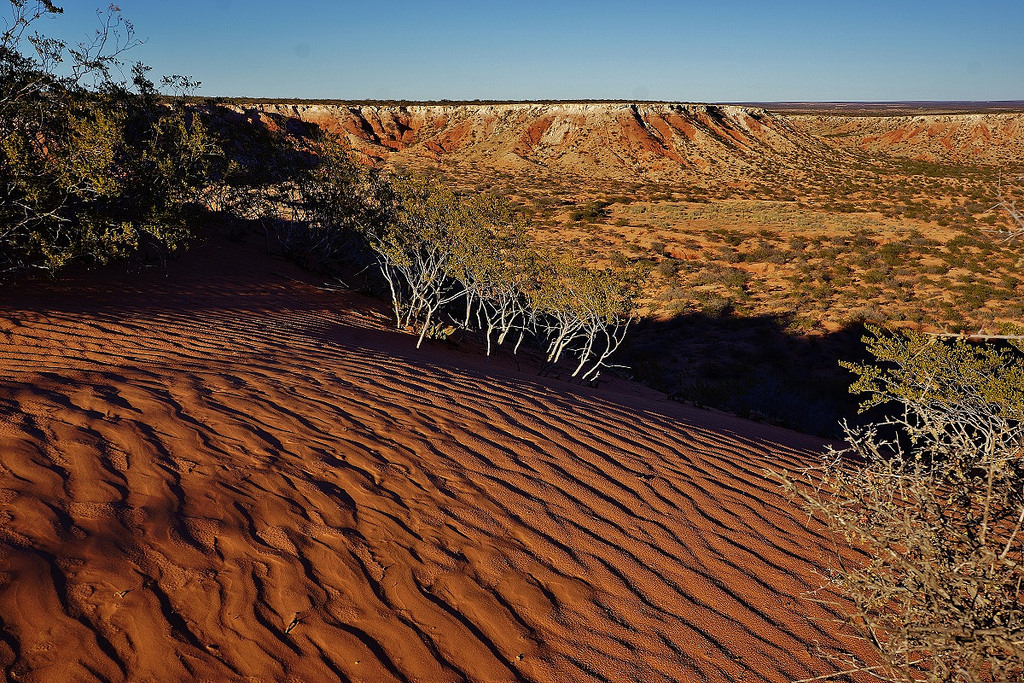
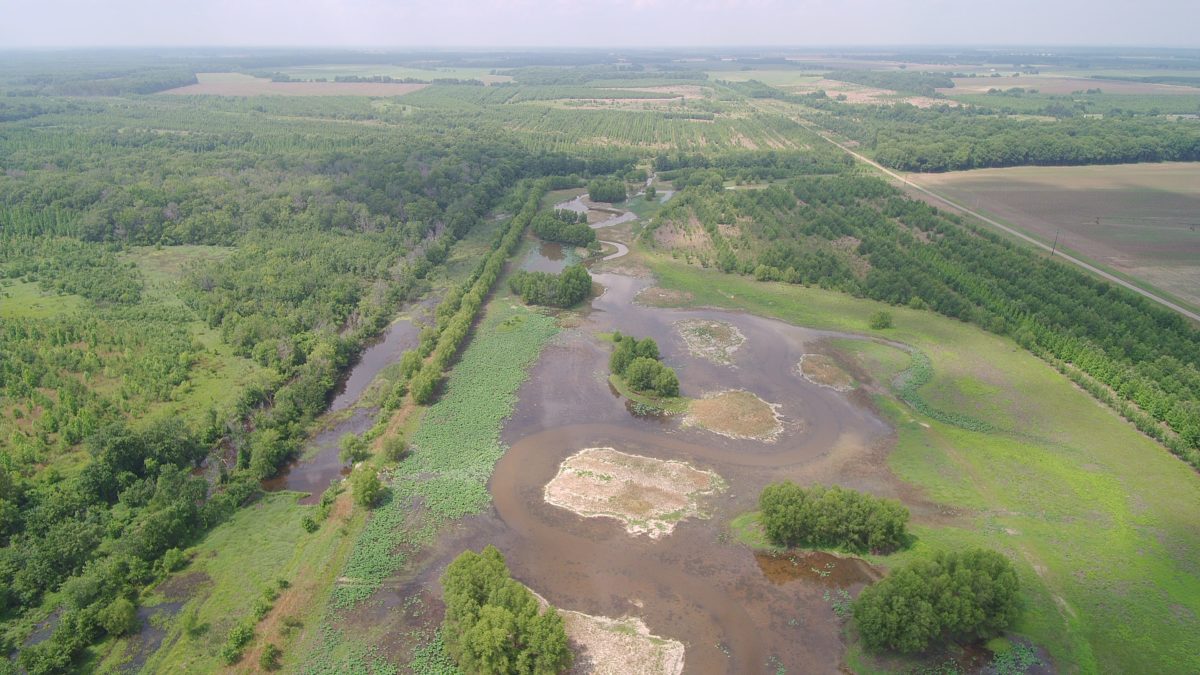
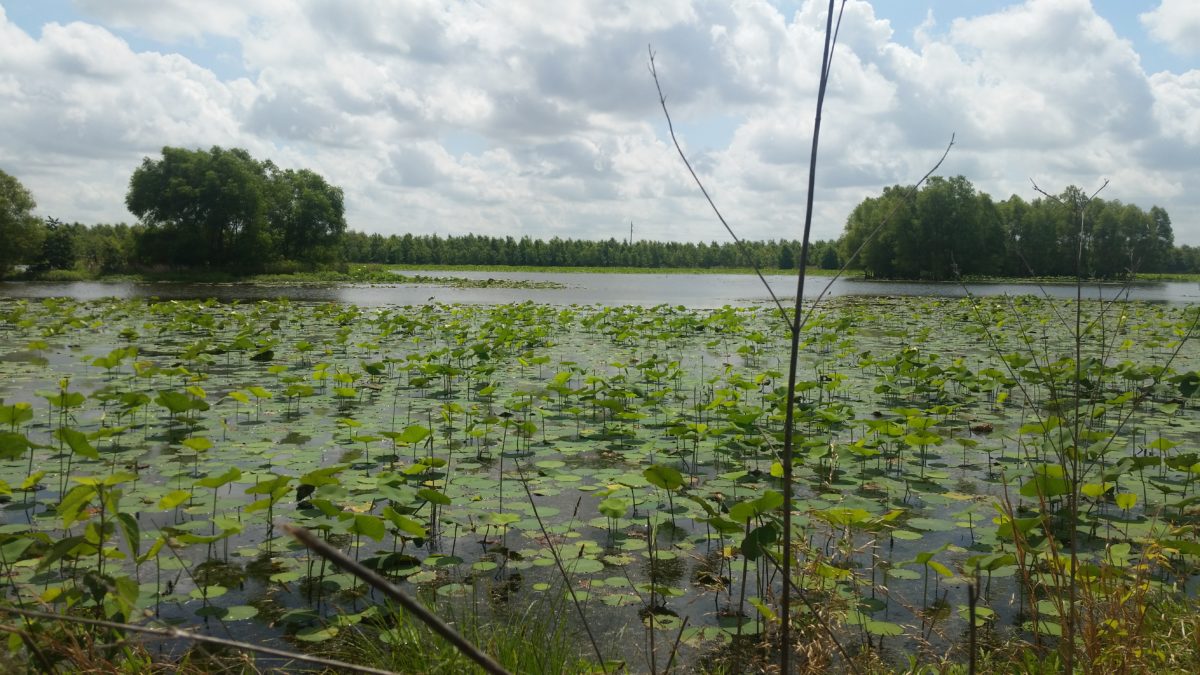
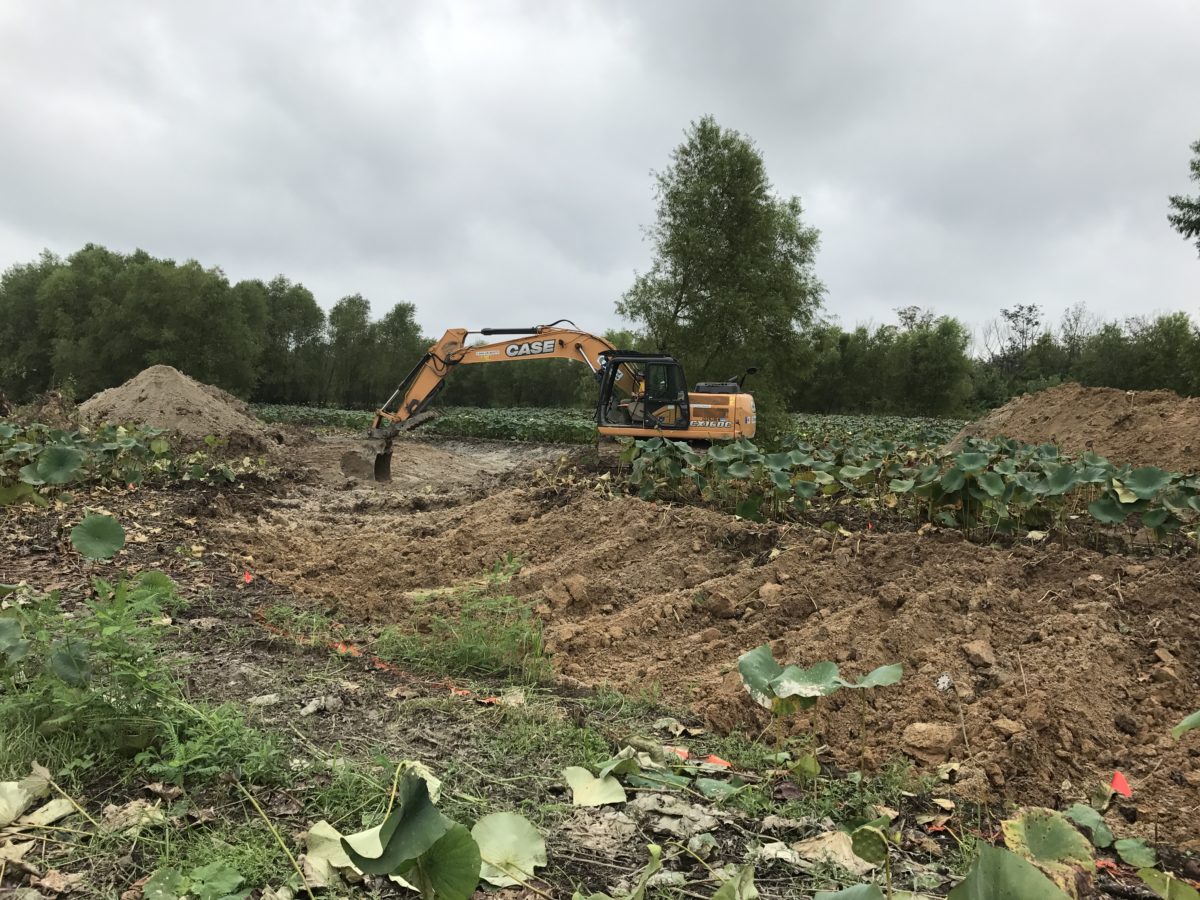
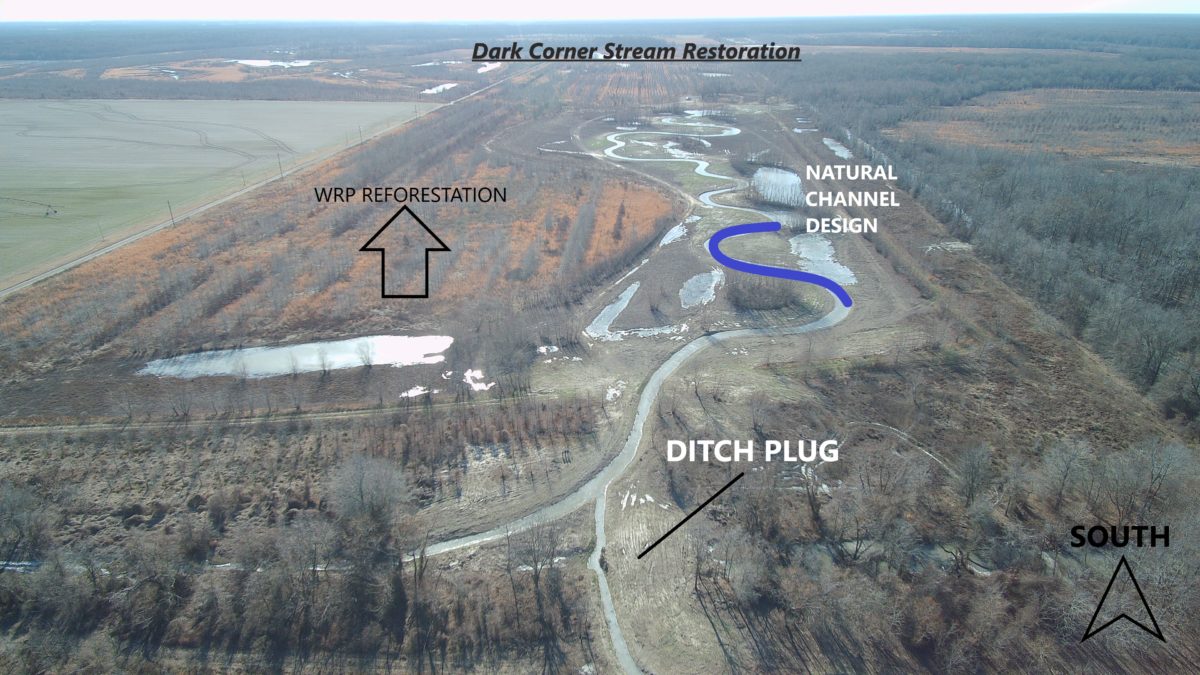
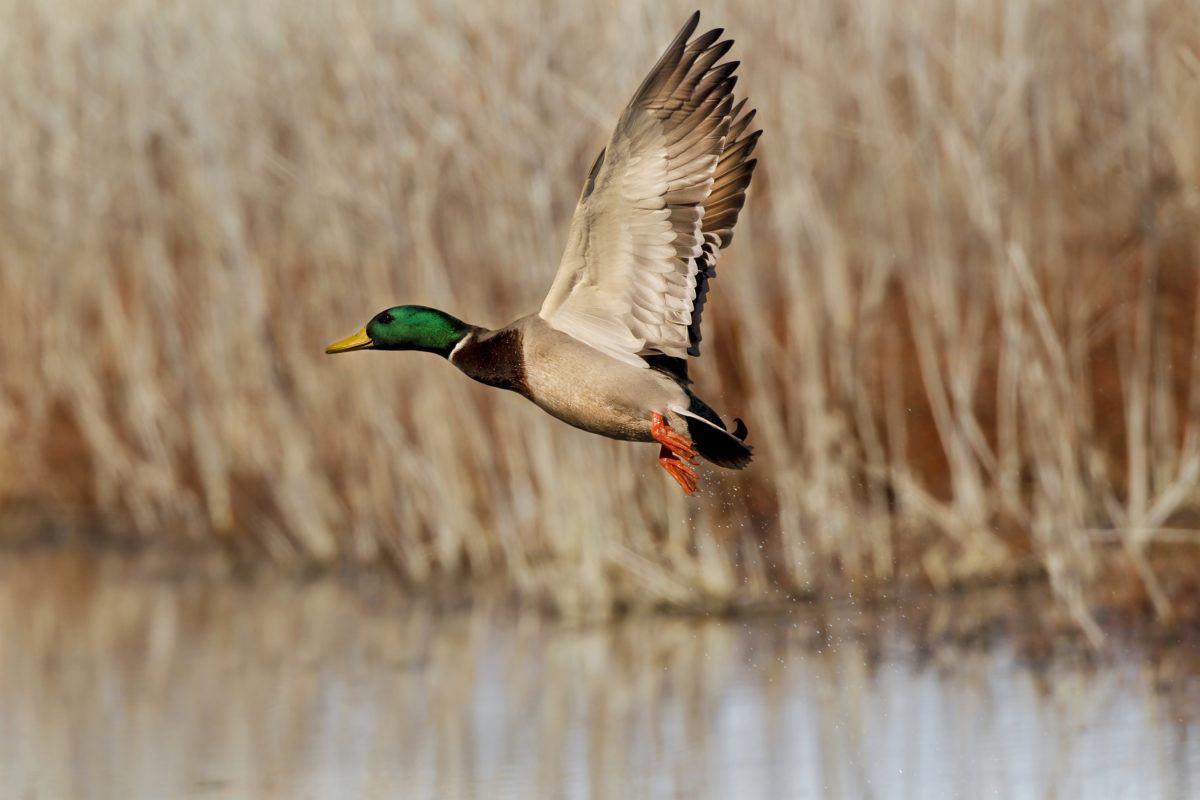
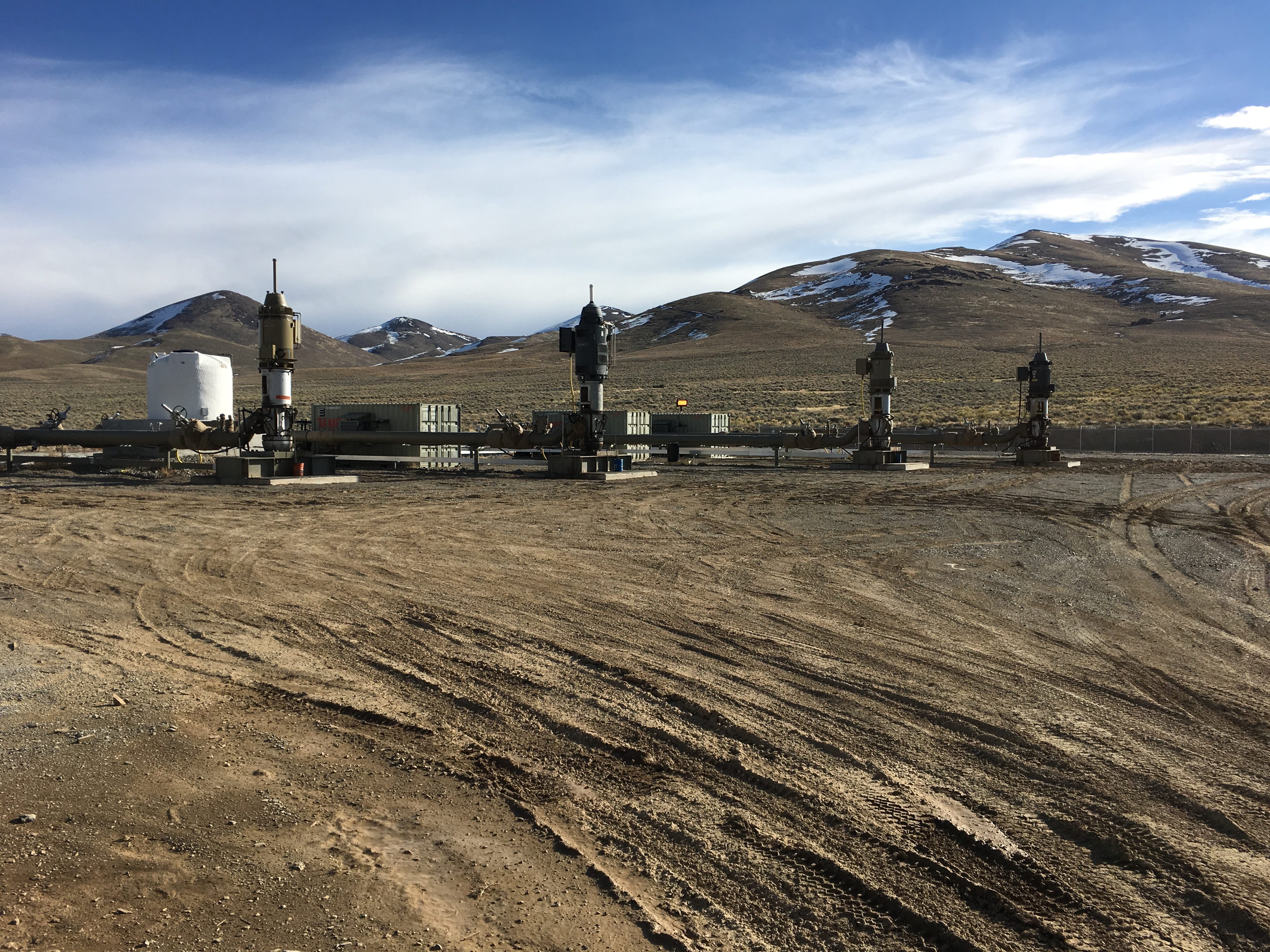
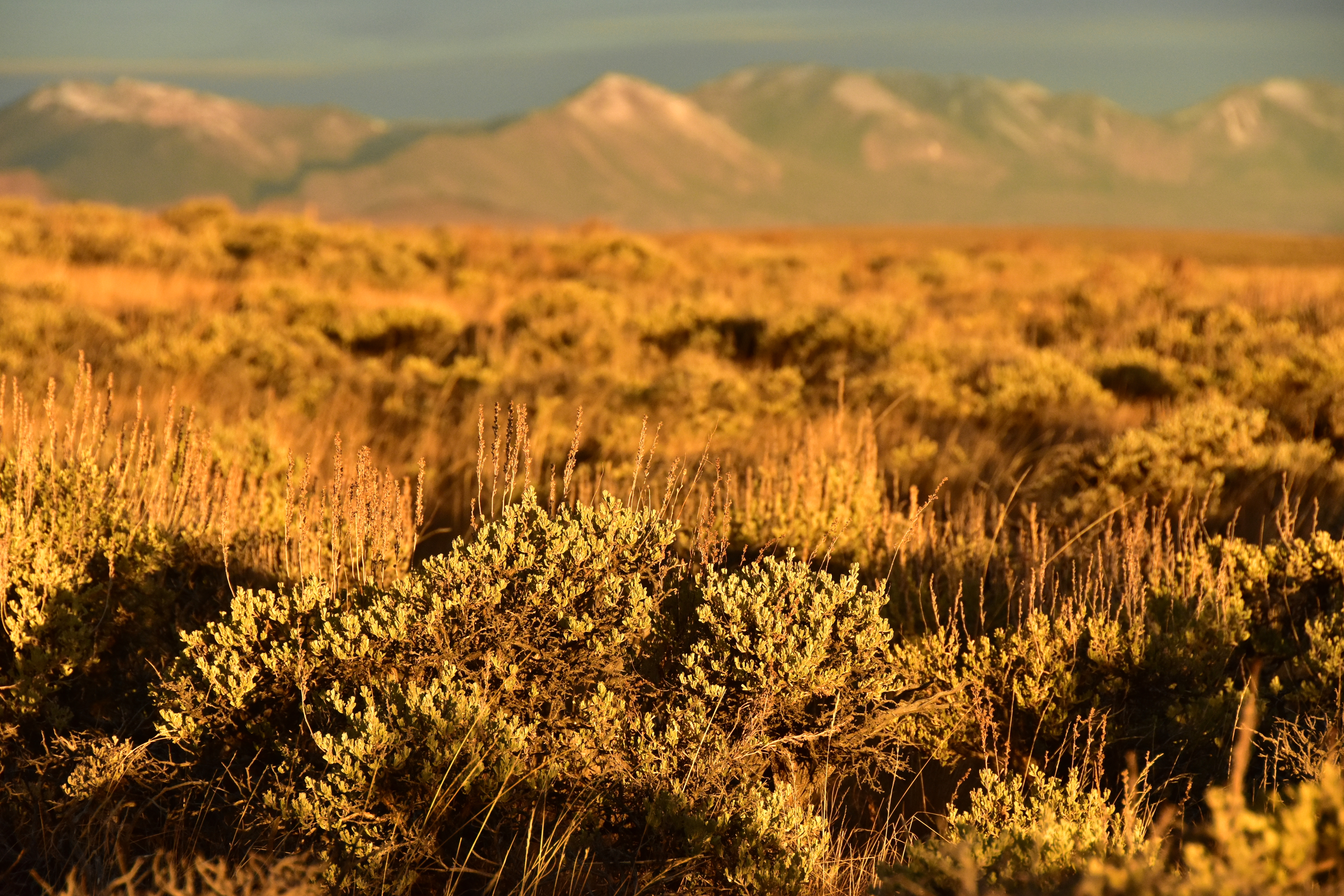
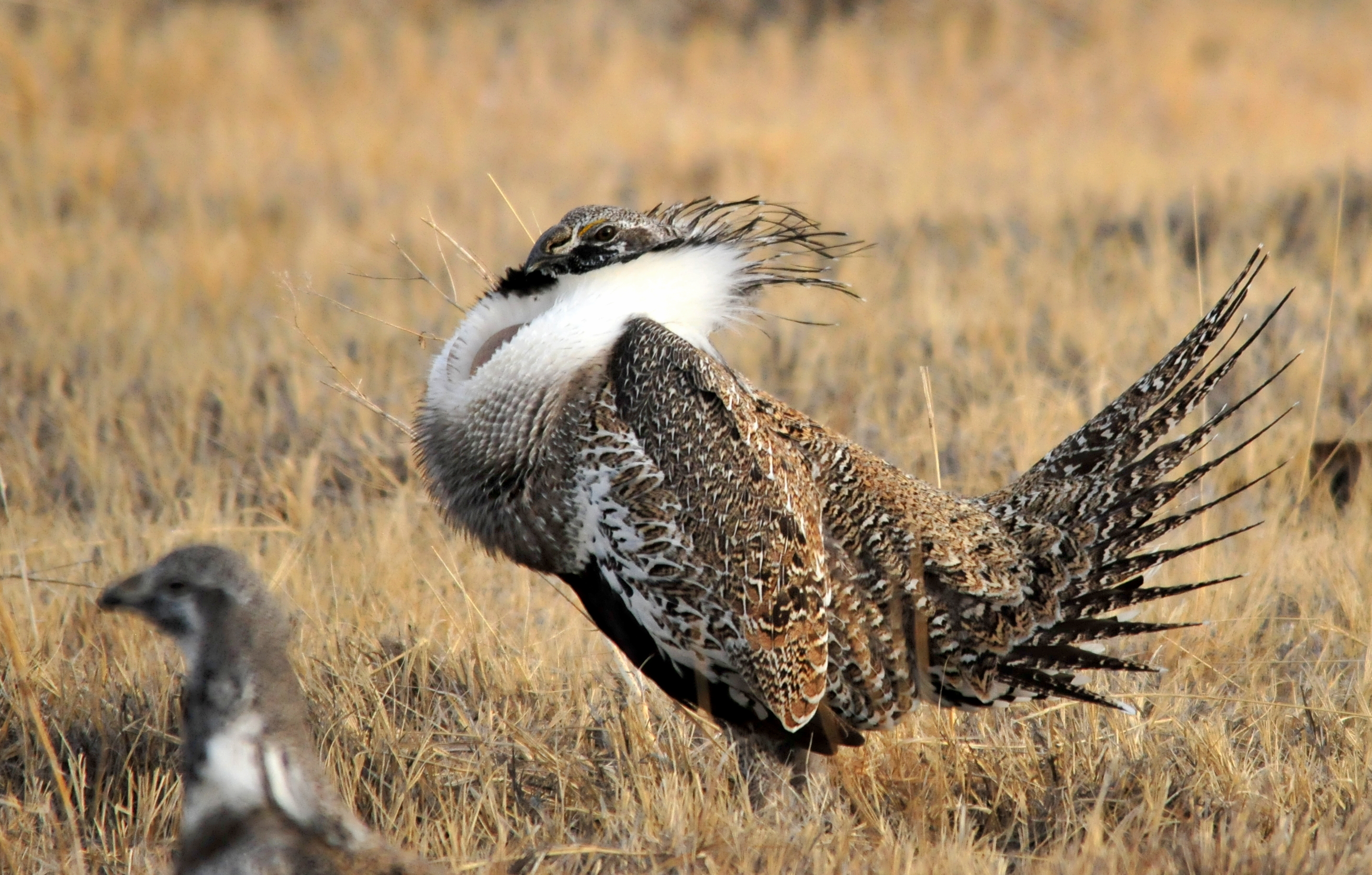
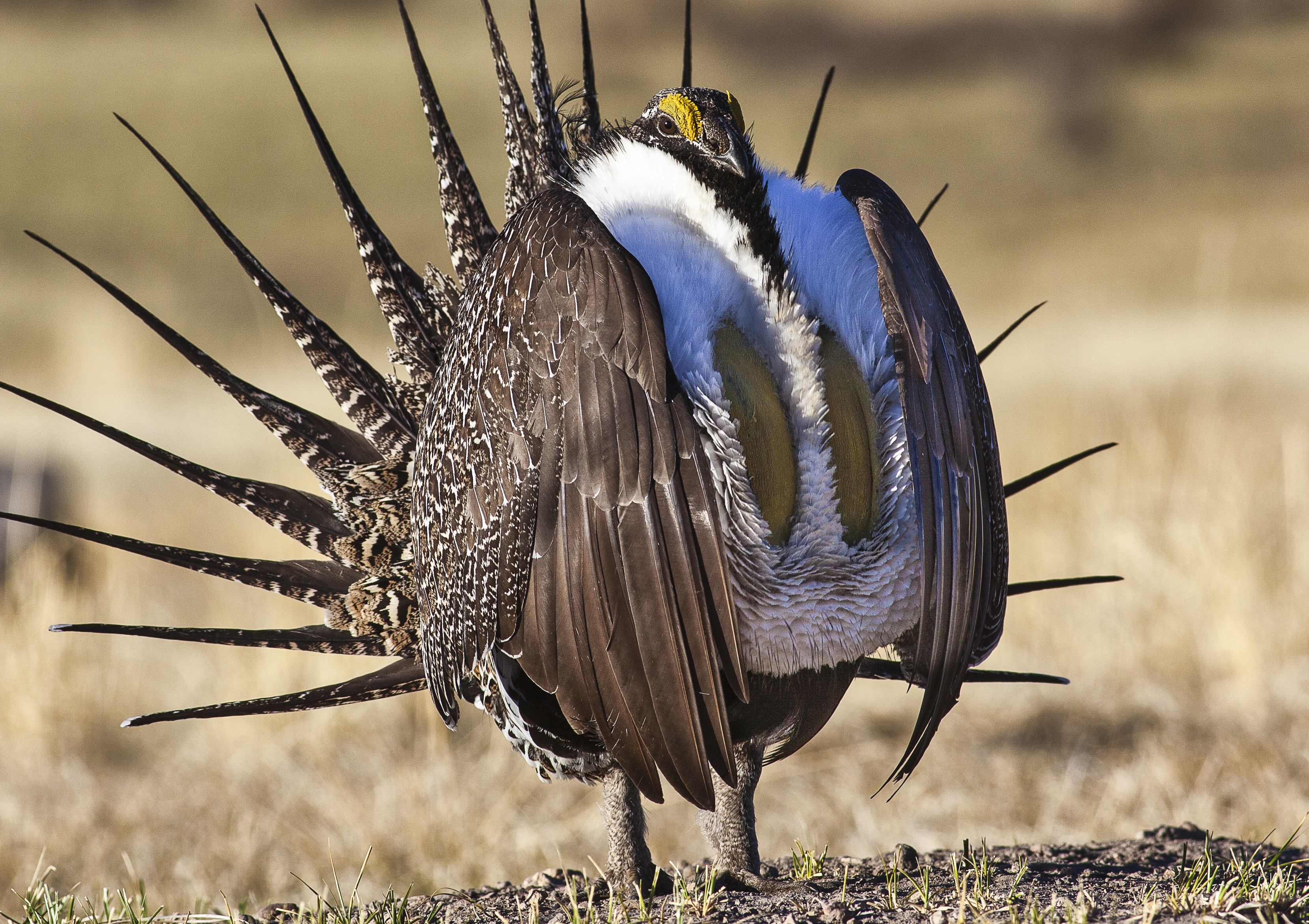
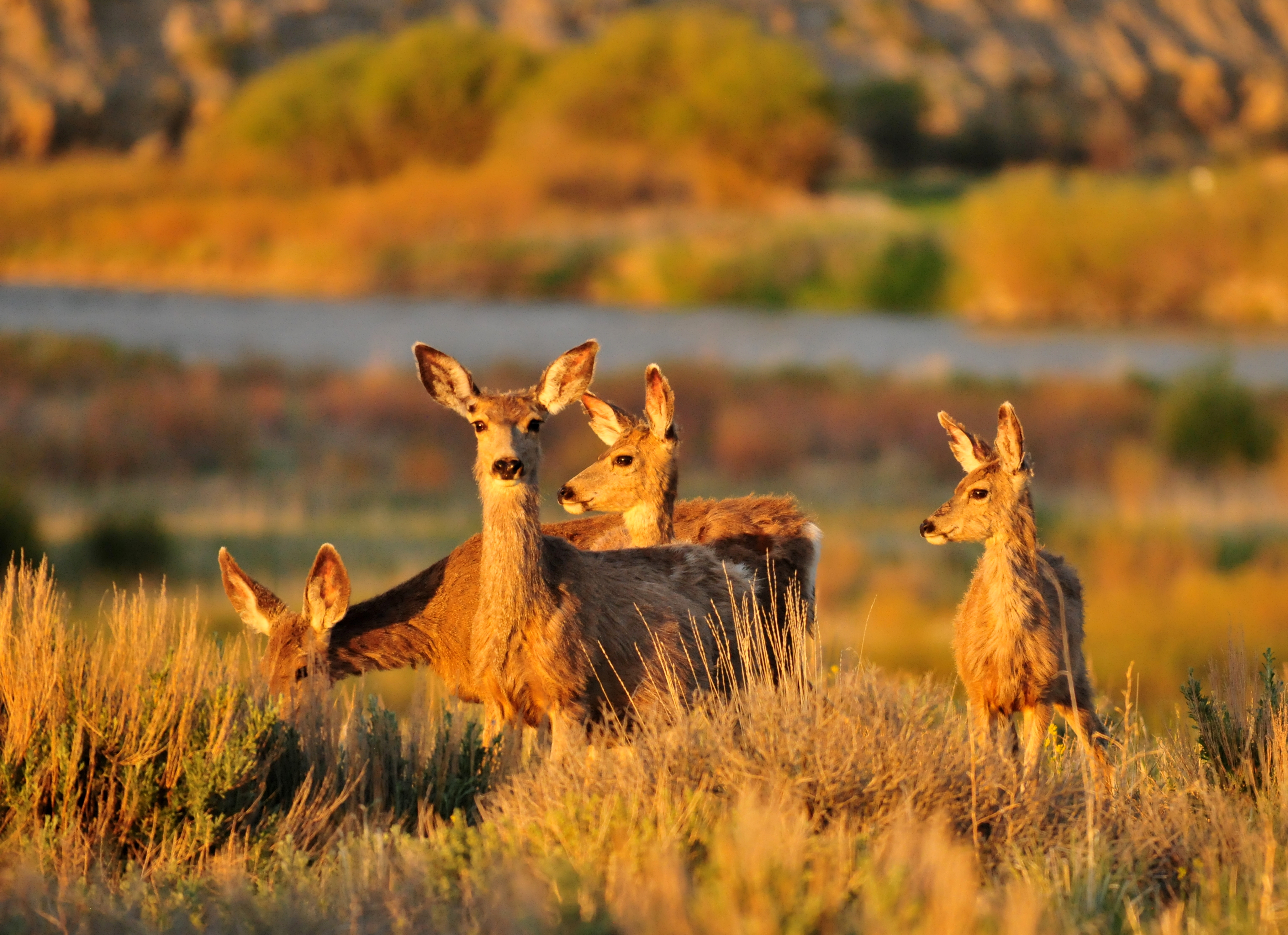




Really important for recreation and conservation to pass these bills
Ryan sits on his hands while tRump and Zinke assault the protections of federal monuments.
Cmon Paul!!! Do the Right Thing!!!
I would add HR 4647, the Recovering America’s Wildlife Act to this list.
This is the corniest speaker the US has ever had. Expecting him. to stand up for fishermen and hunters and conservation is expecting the Aswan Dam not to hold water. This guy is an enemy of the people. You stand for conservation why are you showing this cornball in a deer hunting outfit as if he is one of us. He is quitting his post, just like Boner before him, because he is embarrassed about being associated with the do-nothing party. The only thing he has in common with TR is his party, which has changed considerably since the bully pulpit created our national parks and encouraged the outdoor lifestyle. This fool, Ryan and pinky dinky Zinke are a disgrace to outdoorsmen across this land.
Please consider these bills that will benefit wildlife.
Considering his spineless behavior since tRump, I expect he will live down to my expectations and we will not see him do the right thing.
Passage of four bills that seem to have bipartisan support should be a no brainer. Please pass them without allowing them to be grouped with other more controversial pieces of legislation that turn popular pieces of legislation into political footballs.
We sportsman have to stick together. Please see the legislation that supports our cause through.
I too have no hope Speaker Ryan will do the right thing for conservation–or actually do anything at all–in his final days in Congress. So he is a “bona fide hunter” ? I learned something tonight. Maybe in the peace of his deer box will he reflect on all the good he could have done for conservation.
Agree with all of it. Hope he’s setting up for a Presidential run and in the mean time, I hope he’ll make every effort to protect the special council and the elements of the attorney general’s office that are pursuing the Russian investigation. Ryan would make an excellent president but only if he maintains his integrity and serves with Teddy’s fighting spirit. Service before self. Country before party.
Please pass these bills.
I can’t imagine Paul Ryan has any interest in proposing new legislation let alone legislation involving conservation. He has continued to demonstrate his inept House leadership, so why should we hope he’ll change now?
Critical times with the persistent threats against our environment and public lands. It seems as though Trump and his business cronies are having their way while the Republicans sit back and watch. I hope Ryan does the right thing and helps pass important bills for sportsmen like himself. We all need to speak up and vote this fall
Even if he had any genuine thoughts of accomplishing any of these things; he would “Tweeted” out of office even sooner.
These are just a few bills you should get passed to show some of us that you genuinely care about those of us who spend time worrying that our pastimes are going by the wayside. I know I would appreciate it.
I would include the Recovering America’s Wildlife Act, as a 5th Bill.
Without federal help, namely crop conversion programs that restore grasslands, cornerstone species like pheasants and quail are recreationally thru!!!! It’s that simple guys and gals. In Illinois, we harvest less than 50, 000 wild pheasants now-embarrassing. Need more CRP!!!
This is an opportunity for the Republican Party to show the voters that they do care about wildlife and environmental issues. It is also a great time to prove that both major political parties can come together and speak for the “wildlife that cannot speak for itself”.
What about permanently funding the LWCP!?!
Teddy Roosevelt is sadly missing from this administration on every level when it comes to wildlife issues. Zinke is not even close. He needs to read “Theodore Roosevelt for Nature Lovers” by Mark Dawidziak
Help on the 4 bills